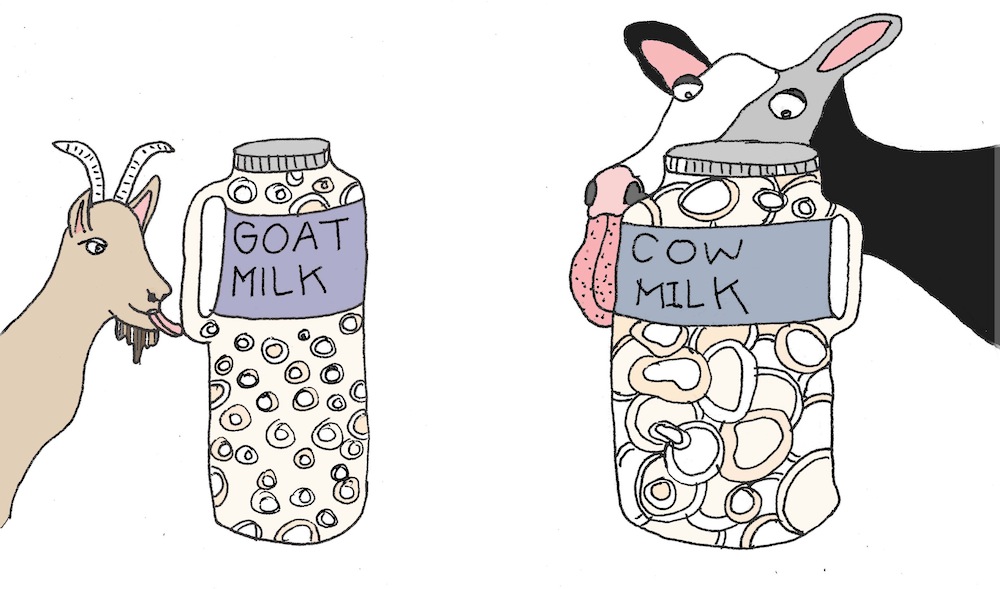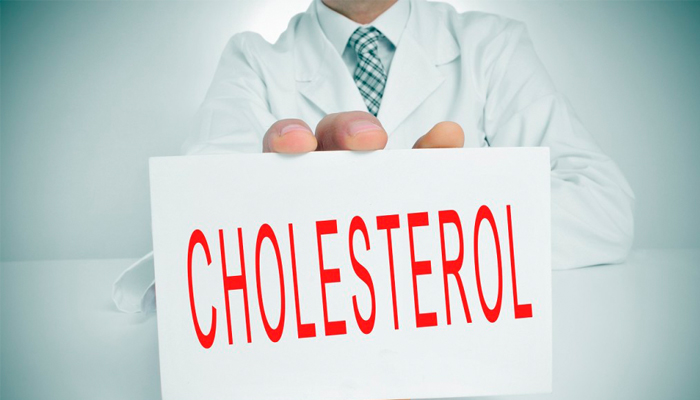Acupuncture is a type of complementary medicine practice that entails stimulating certain points the body by the use of a needle, which penetrates the skin in specific sites for therapeutic and preventive purposes. It is an ancient type of medicine from the Chinese dating at least 100 B.C and it is seen as a reasonable option for people suffering chronic pain instead of them taking painkillers all the time. Studies show it has been used to treat depression, chronic tension-type headache, migraines, joint pain, dental pain, neck pain, postoperative pain, anxiety and cancer treatment-related symptoms and side effects.
In the traditional times, there is a belief that an energy flow (Qi) through the entire body channels called meridians which promote healing and restores health. The modern type of acupuncture involves stimulating the sensory nerves under the skin and also in the muscles and this result to the body producing natural substances such as pain-relieving endorphins.
How Does Acupuncture Work To Receive Pain?
An acupuncture session normally lasts about 20-40 minutes and the frequency and number of treatment sessions will depend on an individual and the condition being treated. It is done by first assessing the general health of the individual and then insertion of the needles.
The needles are inserted 2.3mm to 2.5 cm into acupuncture points depending on your condition. The patient asked to lie down and the needles are inserted under the skin and must reach the muscle tissue and then they are left in position for about 20- 30 minutes.
At times the acupuncturist may rotate the needles or stimulate them with a mild electric current called electroacupuncture. The needles cause multiple biological responses in the body. The body response may be close to the needle sites or a distance which is mediated sensory neurons to various part of the central nervous system. It also leads to action of pathways affecting both the peripheral and psychological systems in the brain, but the main focus is the endogenous opioids in acupuncture analgesia. The insertion of needles is thought to correct the imbalance in the energy flow in the body.
Therefore, acupuncture relieves pain by releasing endorphins, which is a natural pain- relieving chemical and also affects the brain that produces serotonin hormone hence affect one’s mood.
The process is pain-free, but you may feel a bit of pain once the needles reach their point. Acupuncture helps in treating
- Backpain
- Arthritis
- Weightloss
- Migrane
- Hypertension
What Are The Side Effects Of Acupuncture?
Acupuncture is considered a safe procedure when it is done by a practitioner and by the use of sterile needles. However, at times one may develop side effects due to ineffective treatment and the use of non-sterile needles. These side effects include:
- It may lead to bruising, bleeding and soreness at the insertion sites.
- There may be puncturing of the internal organs such as the lungs which may cause collapse.
- If the needles are not sterilized it may lead to infections or diseases such as hepatitis.
- Immediately after the acupuncture process, you may feel tired and this is as a result of depletion of energy. The best thing to do is take a rest and the next day you will energize.
- Involuntary twitching of the muscles during and after acupuncture, especially in the muscles that have needles. If you experience this for a long time or it gets to full muscle spasm, it is important to notify the acupuncturist.
- Lightheadedness after the treatment which could lead to fainting and this is caused by going for the treatment while hungry or waking from the table fast. Take your time getting up and sit down for a few minutes so as to regain your strength.
- Emotional release happens due to the free flowing emotions which were initially stifled up. This is seen as a positive sign that the acupuncture is working and this is expected a few days after the treatment.
Don’t do acupuncture if you have bleeding disorders or taking blood thinners, as it can increase the bleeding, have a pacemaker as it can interfere with its operation or you are pregnant as it can trigger labor.
Does Acupuncture really work?
There has been a debate if acupuncture really works? Acupuncture has been known to work from the traditional days and it is still advocated for relief of pain. With acupuncture the opioid receptors are receptive to body’s natural relieving chemicals.
What are the types of Acupuncture Needles?
There are several types of acupuncture needles with the common one being filiform made from stainless steel. Occasionally you may get gold or silver needles. These needles are very fine which gauge from 0.12 mm to 0.35 mm in diameter and come in different lengths too. These needles have a plastic guide tube which allows accurate and painless applications and also allows the needle to be tapped into the skin very quickly hence a painless process.
There are specialized needles such as:
- Three-edged needles
These are thick needles with a triangular body, a round handle and a sharp tip, which makes it look like a lance. It is used to puncture specific acupuncture points with the aim of removing a few drops of blood.
- Plum blossom needle
Also called seven-star needle and they are a group of seven filiform needles that are arranged into a flower shape and attached like a hammer head to a long flexible handle. This needle is tapped along a channel or at specific points.
- Press needles
These are very small needles 1-3mm long and are usually pressed into the points, held with a small surgical adhesive tape and left for an extended period of time, usually one to three days. At the base of the needle, there is a spiral loop which stops the needle from being pushed too far into the body and care should be taken so that dirt doesn’t accumulate around or under the tape.
- Intradermal needles
These are thin, very short needles that are used specifically in the ears and inserted at a shallow depth of about 1-3mm. When they are inserted they are left in place and covered with waterproof tape and they usually treat addictions and chronic pain.



